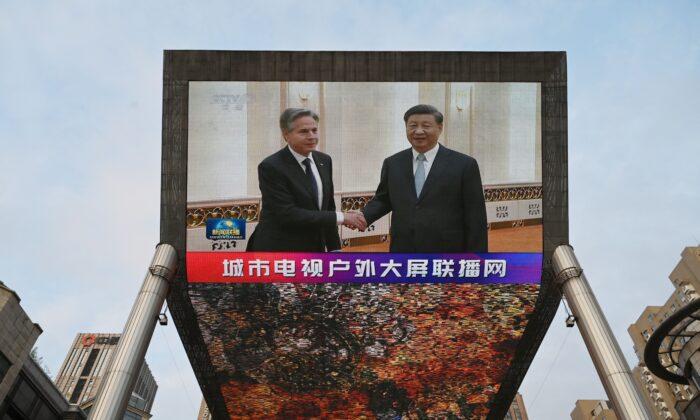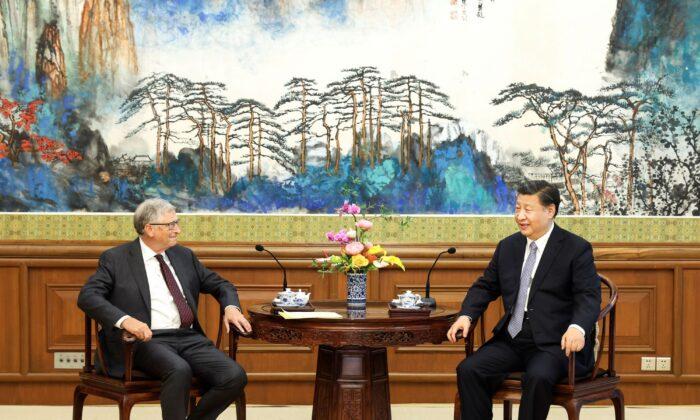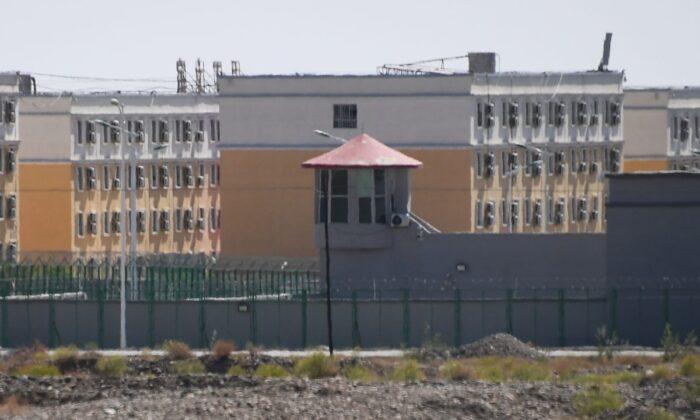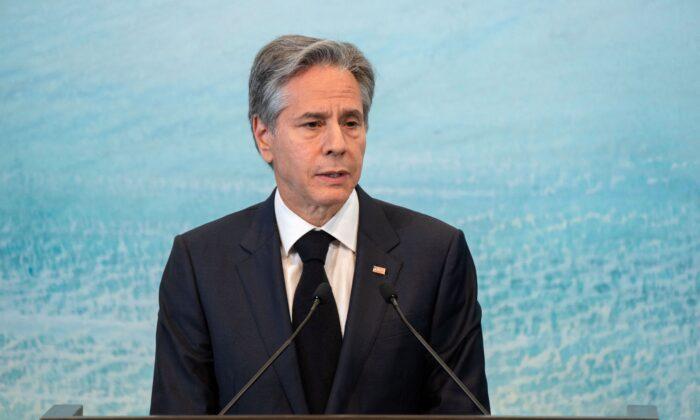The comment was made on Jan. 11 during a press conference alongside U.S. Secretary of State Antony Blinken and their Japanese counterparts.
“We’ve seen increased aerial activity in the straits, we’ve seen increased surface vessel activity around Taiwan. But whether or not that means that an invasion is imminent, you know, I seriously doubt that,” Austin said.
The U.S. and Japan’s top military officials and diplomats were participating in U.S.-Japan 2+2 dialogues held in Washington D.C. ahead of a meeting between the U.S. President Joe Biden and Japanese Prime Minister Fumio Kishida scheduled for Friday.
Justin characterized the Chinese regime’s activities as “very provocative” and believed that it showed their endeavor to establish a new normal.
Second Combat Drill
On Jan, 8, one day before the arrival of the Lithuanian delegation in Taiwan, the CCP’s military launched combat drills in the waters and airspace around the island that focused on land and sea assaults. It was the second such exercise in less than a month.Taiwan’s Defense Ministry stated that it detected 57 Chinese aircraft and four naval vessels around Taiwan at 6 a.m. local time on Jan. 8, with 28 of the warplanes entering Taiwan’s air defense identification zone (ADIZ) and crossing the Taiwan Strait median line. Among them, two nuclear-capable H-6 bombers flew to the south of Taiwan, according to the ministry map.
Aircraft, naval vessels, and land-based missile systems were tasked with responding to the People’s Liberation Army’s (PLA) activities, the Taiwanese ministry stated. The PLA is the Chinese Communist Party’s (CCP’s) military wing.
Taiwan’s Reaction
In response, Taiwan’s presidential office called the PLA’s Eastern Theatre Command’s remarks “groundless accusations.”The office said that Taiwan and China both have the responsibility to maintain peace and stability in the Taiwan Strait, in a statement.
Taiwan’s Defense Ministry said the PLA’s “false accusation and irrational provocation” had severely destabilized regional security, citing the PLA’s recent aircraft incursions into the Taiwan Strait median line.
“We seek neither escalation nor conflict,” the ministry said in a statement. “[Taiwan’s] armed forces constantly monitor our surrounding area and respond to activities accordingly. We can, and we will keep our homeland safe.”
In her national address on Oct 10, President Tsai Ing-wen expressed regrets over China’s escalating use of trade restrictions, military intimidation, and diplomatic pressure to undermine Taiwan’s sovereignty.
“I want to make clear to the Beijing authorities that armed confrontation is absolutely not an option for our two sides,” Tsai remarked.
“Only by respecting the commitment of the Taiwanese people to our sovereignty, democracy, and freedom can there be a foundation for resuming constructive interaction across the Taiwan Strait,” she added.
Tsai stated that Taiwan is ready to talk with China to bring about peace and stability in the Taiwan Strait, but that this cannot come at the expense of the people of Taiwan’s independence and democracy.
“The broadest consensus among the Taiwanese people and our various political parties is that we must defend our national sovereignty and our free and democratic way of life. On this point, we have no room for compromise,” she said.
A total of 1,727 Chinese aircraft crossed into Taiwan’s ADIZ in 2022, surpassing the previous year’s 960, AFP reported, citing data released by Taiwan’s Defense Ministry.




